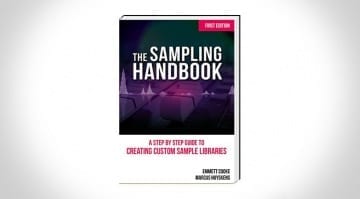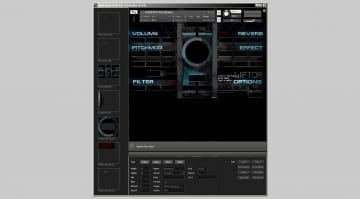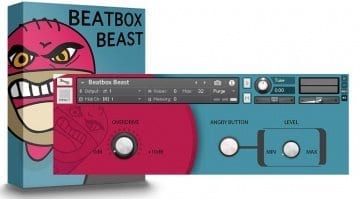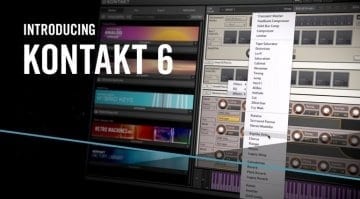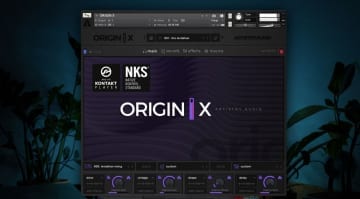Create your own Kontakt Library with The Sampling Handbook
Sampling is simple. Creating a decent-sounding sample-based instrument in Kontakt is not. Kontakt is the most widely used sample instrument player and it has layer upon layer of depth and complexity which enables some amazing-sounding instruments. Getting under the skin of that power and harnessing it for your own samples is no small task. There is a load of information out there in various forms such as blog posts, video tutorials and the manuals for Kontakt itself. Yet sometimes a single source of good information that takes you through the process without having to trawl through endless internet content can be invaluable.
The Sampling Handbook from Analogue Press aims to bring you the entire process of creating a custom sample library for Kontakt. Written by Marcus Huyksens of Bad Cat Samples, it takes you through the planning stage, choosing the instrument and setting up the environment for recording. From there it goes on to the recording stage, setting levels, tuning, consistency and doing the actual sampling part. From there he talks about editing, noise reduction, looping, fades, pitch correction and all the business behind getting your samples into their best and most playable form. And then finally, at this point, we get into how to build an instrument in Kontakt, how to start scripting, editing key ranges, groups and round robins and all the fiddly stuff that helps bring the instrument to life.
I wasn’t expecting the book to start from the very beginning of creating the samples, I assumed it would jump into the complexity of Kontakt from the off, so perhaps for more experienced samplers there’s going to be a lot in here that you’re not going to need. But for someone really starting from scratch then its 150 pages could be a really useful guide.
Analogue Press offer it as a pdf eBook for €39 but also sell it as part of a bundle with other relevant books and media including more depth on scripting, video tutorials, sample projects and the like.
More information: http://www.thesamplinghandbook.com/



